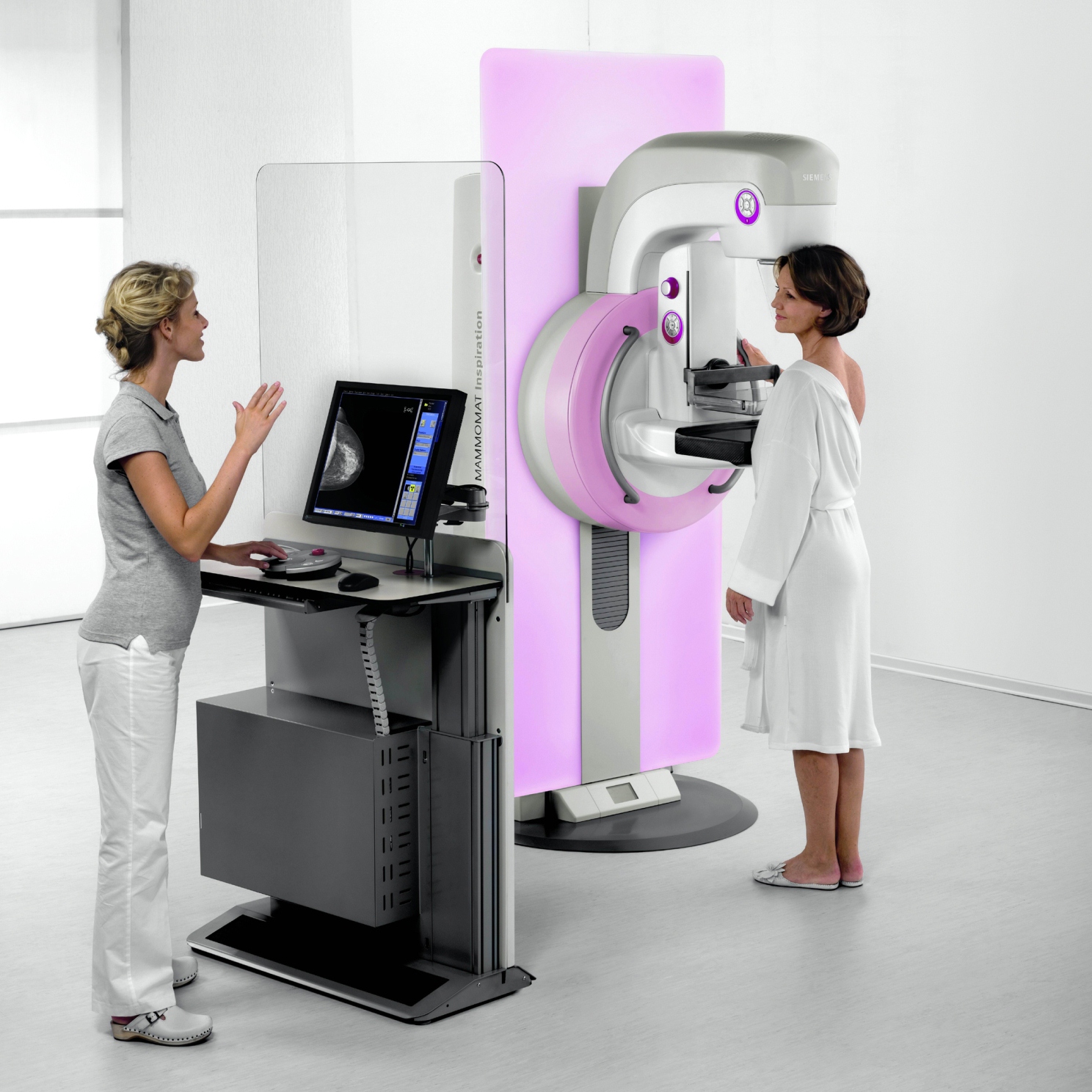The mammogram conversation has begun once again within the breast cancer research community. For over 20 years, there has been active discussion about whether the benefits of mammography outweigh the risks and, at what age and what kind of woman should get regular mammogram tests? Medical experts are saying it depends on the density of a woman’s breast tissue. Today, mammography centers throughout the Coachella Valley and California are now required to inform patients when they have dense breast tissue.
The CA law was introduced by former California Sen. Joe Simitian of Palo Alto. It went into effect Monday and states that doctors must send a letter to their patients when their tissue shows up as dense. The condition affects 30 percent to 40 percent of women. Dense breast tissue can obscure anything hiding inside, making it difficult to detect cancer during screenings. This law will affect breast cancer screening sites throughout the region, including those at a Breastlink clinic in Rancho Mirage; Palm Springs-based Desert Women for Equality, which provides free mammograms to low-income women; and the Comprehensive Cancer Center at Desert Regional Medical Center in Palm Springs.
While it is common for women over age 50 to receive an annual mammogram, younger women and women using hormonal replacements are more susceptible to having dense tissue. A scary fact according to a Mayo Clinic study cited by www.areyoudense.org: roughly 75 percent of cancer in women with dense breast tissue is missed when the medical staff relies solely on mammograms.
However, http://ww5.komen.org/ says that most major health organizations have concluded mammography saves lives. Although there may be some problems with certain studies, the evidence still shows mammography is a valuable screening tool.














